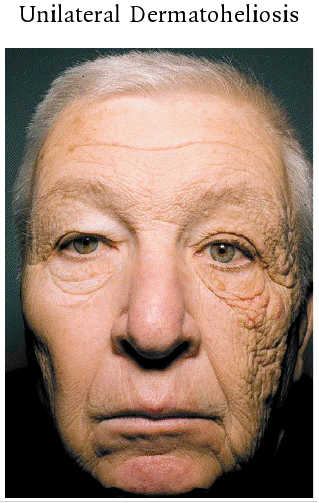These days everywhere we look it seems a tan is “in”. Whether it’s a real tan or a faux glow, it seems everyone wants to be brown. When did this happen?
Growing up with naturally brown skin, it is common in the South Asian/Indian culture to be told that “fair is beautiful”. We heard things like “don’t go out in the sun or you will get too dark” and “wear a hat” and “stay indoors”. A tan was definitely not in back then.
In Western society, a tan is not avoided, but sought after – evidence of health, fitness and beauty. We are lying in tanning beds, heading down south, spraying on mystic tans, airbrushing a glow that lasts for days and smoothing on self-tanners with fervor. Tanning salons and even health clubs are touting tanning as an excellent source of Vitamin D. We have all heard of the “tanning mom” bringing her 6 year-old daughter into a tanning salon. Health benefits and beauty? It seems everywhere we turn, a tan is the new black – it goes with everything and is always in style.
This dichotomy begs the question: to tan or not to tan?
It turns out that the safest tan is no tan at all – or a faux tan. True tanning is a source of skin cancer, premature aging, and cellular damage. Faux tanning (spray tans, self tanners etc) is the safest way to get a glow.
We have all heard that tanning beds can be harmful – so why are they still so popular? Studies show that similar brain neurochemicals are produced from tanning bed use as with addiction – tanners may actually get a “high” and experience withdrawal symptoms from tanning bed use.
This is especially concerning in the light of the rising incidence of skin cancer, most notably melanoma. This often aggressive skin cancer is not an older persons disease any more – incidence of melanoma has been seen in patients as young as 14 years old. Melanoma has affected men and women of all skin tones. Bob Marley, a legendary Jamaican singer-songwriter, passed away from melanoma in 1981. Studies show that the use of tanning beds before the age of 35 increases the risk of melanoma by 75%! Tanning beds and tanning outdoors are both harmful, but tanning beds tip the scales as 5 times more dangerous than outdoor tanning.
Tanning and tanning beds also cause premature aging. Tanning and tanning bed use can age your skin 70 times faster than the normal aging process. Case in point – this picture of a truck driver, who has been

sun exposed mostly on the left side of his face. Which side of his face looks better?
The good news is, there is still a safe way to get a glow. Self tanners, spray tans, bronzers and airbrush tans are all safe ways to tan. They work by use of a chemical called DHA (dihydroxyacetone) which reacts with the top layer of the epidermis to create a bronzed look. It is temporary and does not cause skin damage. If you are light skinned, choose a light formula, so you get bronzed rather than orange. If you are medium to dark skinned, you can choose a darker formula which will look natural with your skin tone.
At the end of the day, though I want a glow, I would rather spare the cancer risk and premature aging. I will use self tanner when I want to be bronzed, and take a Vitamin D supplement – these are definitely the safer healthier options.
What option will you choose?
Dr. Zahra Alidina
PHOTO COURTESY OF NEJM (reference below)
UVA rays penetrate window glass and damage the epidermis
and upper layers of the dermis. This truck driver shows left
sided UV damage and premature aging.
Comments (0)